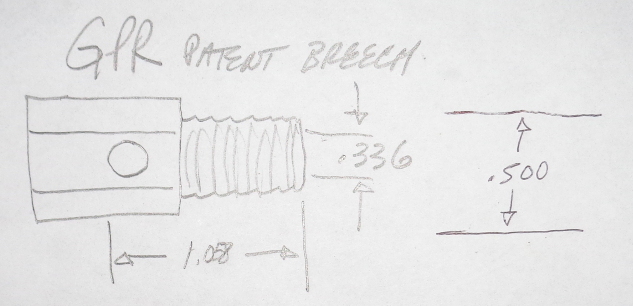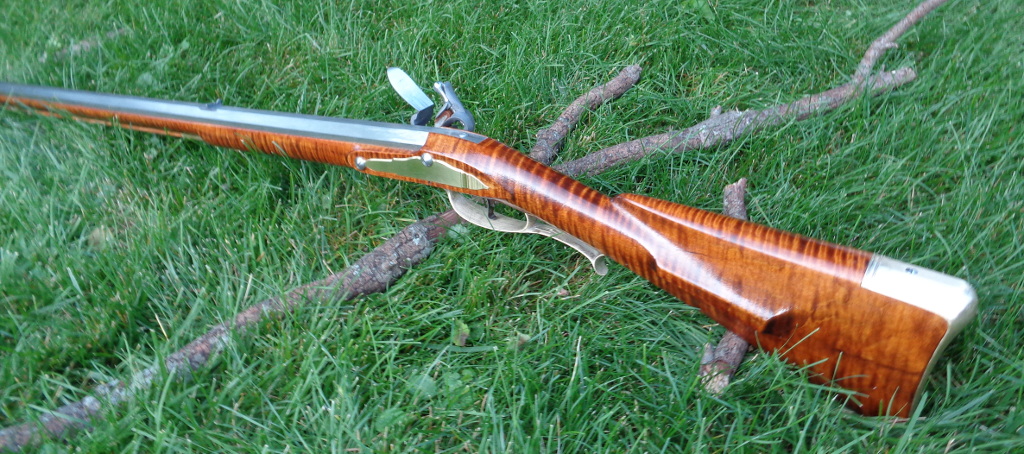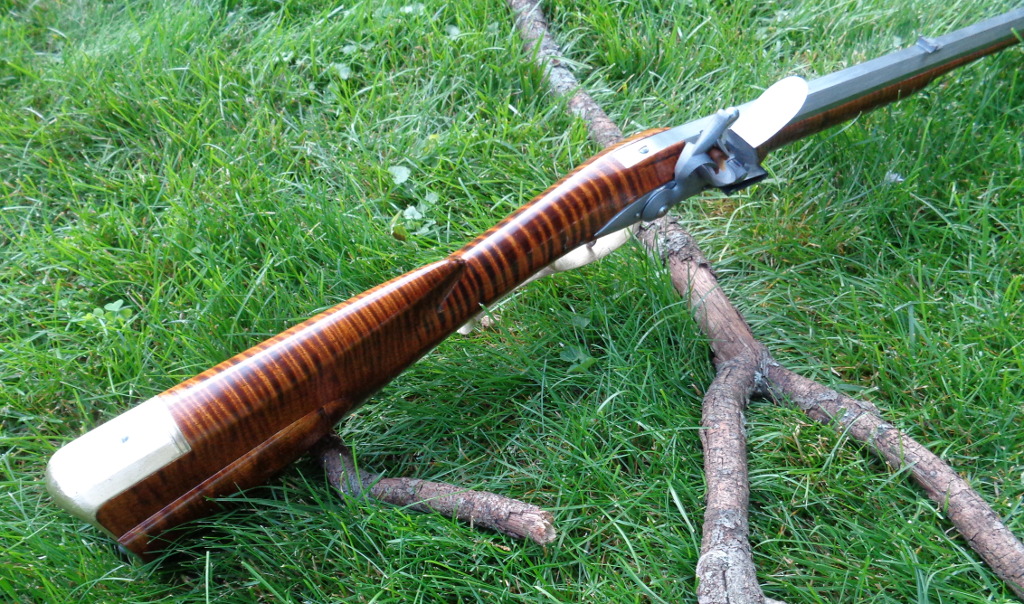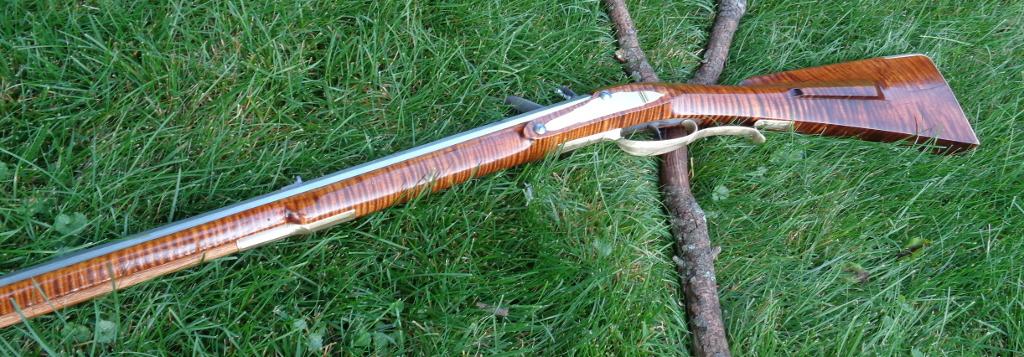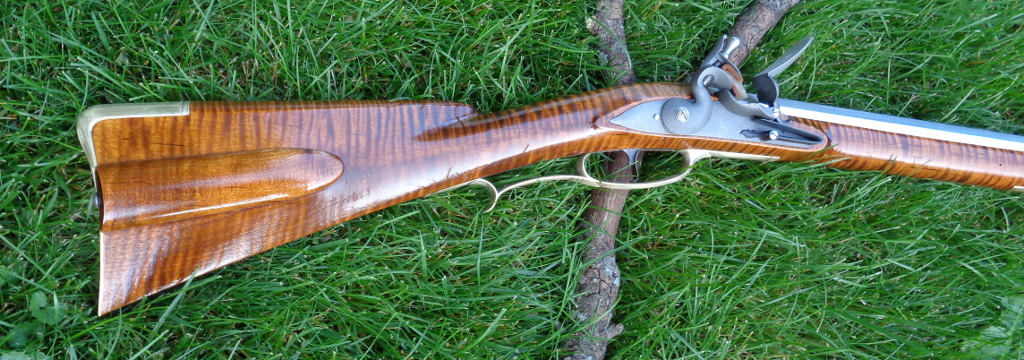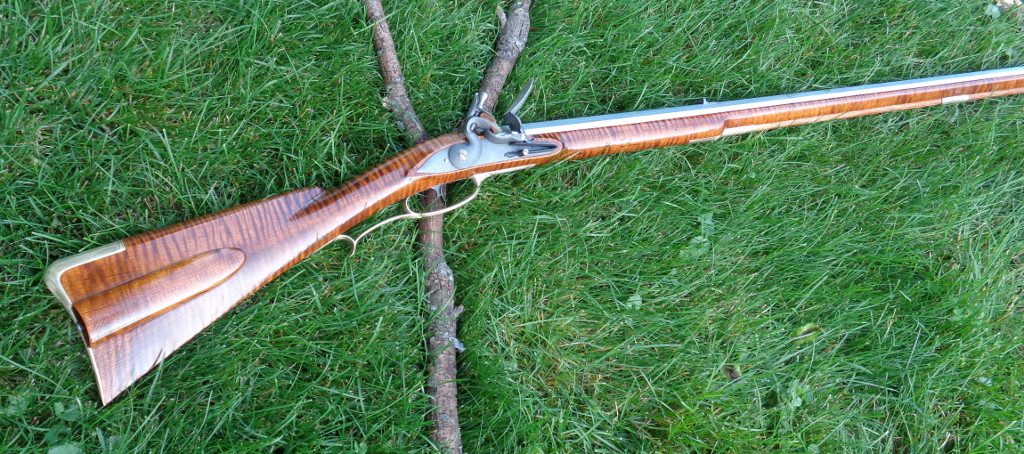While I'm not a flintlock guy, I have been shooting cap locks since the 70's.
I've had fast twist, slow twist barrels, some in between.
Somehow I just don't see a fast twist flintlock rifle.
A patched round ball is the only projectile I can envision for a flinter.
You don't want to be standing right next to someone shooting a flintlock when they pull the trigger. BECAUSE, there is a jet of flame that SHOOTS out sideways from out of the touch hole AT LEAST 18"-24" away from the barrel. If you do stand too close, you will get BURNED.
The problem with putting lead conicals in a fast twist barrel that is equipped with a flintlock, is that the breech pressures in a flintlock rifle are LOWER, than in a percussion rifle. How much lower, depends upon a lot of variables. One thing that is for sure, is that a shooter is NOT going to achieve the same velocities, trajectories, & foot pounds of energy, assuming the exact same barrel & load data, from a flint breech, as they could from a closed percussion breech.
All of the above being TRUE, three additional factors creep in. First, is that breech pressures behind a conical are going to be MUCH HIGHER than for a patched ball in the same caliber bore. The heavier the bullet, the higher the breech pressures.
Second, is that those higher breech pressures are going to DRASTICALLY INCREASE the length of the flame jet that comes out of the touch hole.
Third, is that the higher breech pressures cause the flame jet to erode the touch hole FAR MORE QUICKLY than if shooting a patched ball. The smaller the bore, and the heavier the bullet, the higher the breech pressures, the hotter the flame jet, and the faster the erosion process takes place.
The same thing happens to the nipples in a percussion breech. Large bore conicals, .54 caliber and above, weighing 500 plus grains, have far lesser effect on a nipple's orifice, than a 400 grain conical in a .40 caliber bore does. The nipple in big bore musket might last for years without substantially effecting accuracy, while the nipple in the .40 caliber rifle might only last 4-5 shots, if made from steel, or stainless steel. Hardened AMPCO bronze will withstand erosion far better than most other materials currently available for the muzzleloader.
The problem is that most custom builders of flintlock rifles have gone almost exclusively to the Jim Chambers White Lightnin' touch hole liner in stainless steel as their standard go-to. Because they have a reputation for working so well.
To the point that most builders are very reluctant to install a RMC, 1/4"-28 threaded, AMPCO bronze, removable touch hole liner in ANY flintlock longrifle that they build.
Without the AMPCO bronze liner in place, and with its ability to be easily removed & replaced when the orifice erodes past the point where accuracy falls off, trying to shoot lead conicals out of a fast twist barrel equipped with a flintlock, would be an exercise in frustration.
Not worth the time and money unless you are going to be VERY DEDICATED, and willing to suffer some disappointments. Such as POSSIBLY NOT being able to shoot the heavier bullets for bore diameter out of a fast twist flintlock because the MASSIVE FLAME JET and subsequent erosion would make things too difficult.





